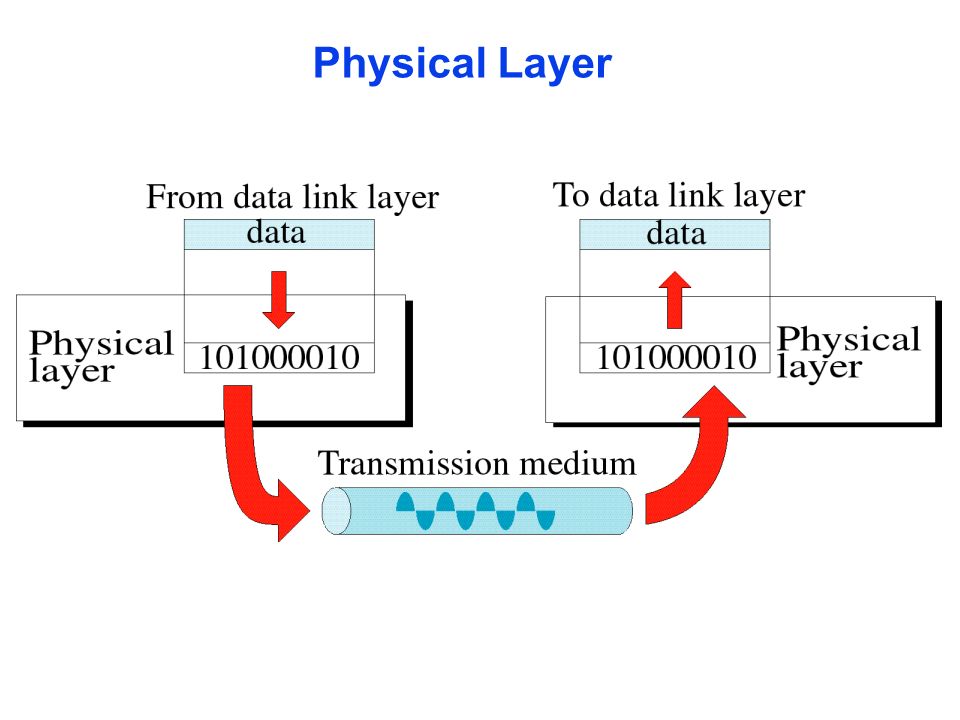
The physical layer is the first layer of the Open System Interconnection Model (OSI Model). The physical layer deals with bit-level transmission between different devices and supports electrical or mechanical interfaces connecting to the physical medium for synchronized communication.
This layer plays with most of the network’s physical connections - wireless transmission, cabling, cabling standards and types, connectors, and types, network interface cards, and more - as per network requirements. However, the physical layer does not deal with the actual physical medium (like copper, fiber).
The physical layer sometimes plays an important role in the effective sharing of available communication resources and helps avoid contention among multiple users. It also handles the transmission rate to improve the flow of data between a sender and receiver.
The physical layer provides the following services:
- Modulates the process of converting a signal from one form to another so that it can be physically transmitted over a communication channel
- Bit-by-bit delivery
- Line coding, which allows data to be sent by hardware devices that are optimized for digital communications that may have discreet timing on the transmission link
- Bit synchronization for synchronous serial communications
- Start-stop signaling and flow control in asynchronous serial communication
- Circuit switching and multiplexing hardware control of multiplexed digital signals
- Carrier sensing and collision detection, whereby the physical layer detects carrier availability and avoids the congestion problems caused by undeliverable packets
- Signal equalization to ensure reliable connections and facilitate multiplexing
- Forward error correction/channel coding such as error correction code
- Bit interleaving to improve error correction
- Auto-negotiation
- Transmission mode control
The physical layer is aimed at consolidating the hardware requirements of a network to enable the successful transmission of data. Network engineers can define different bit-transmission mechanisms for the physical layer level, including the shapes and types of connectors, cables, and frequencies for each physical medium.
Examples of protocols that use physical layers include:
- Digital Subscriber Line
- Integrated Services Digital Network
- Infrared Data Association
- Universal Serial Bus
- Bluetooth
- Controller Area Network
- Ethernet








No comments:
Post a Comment